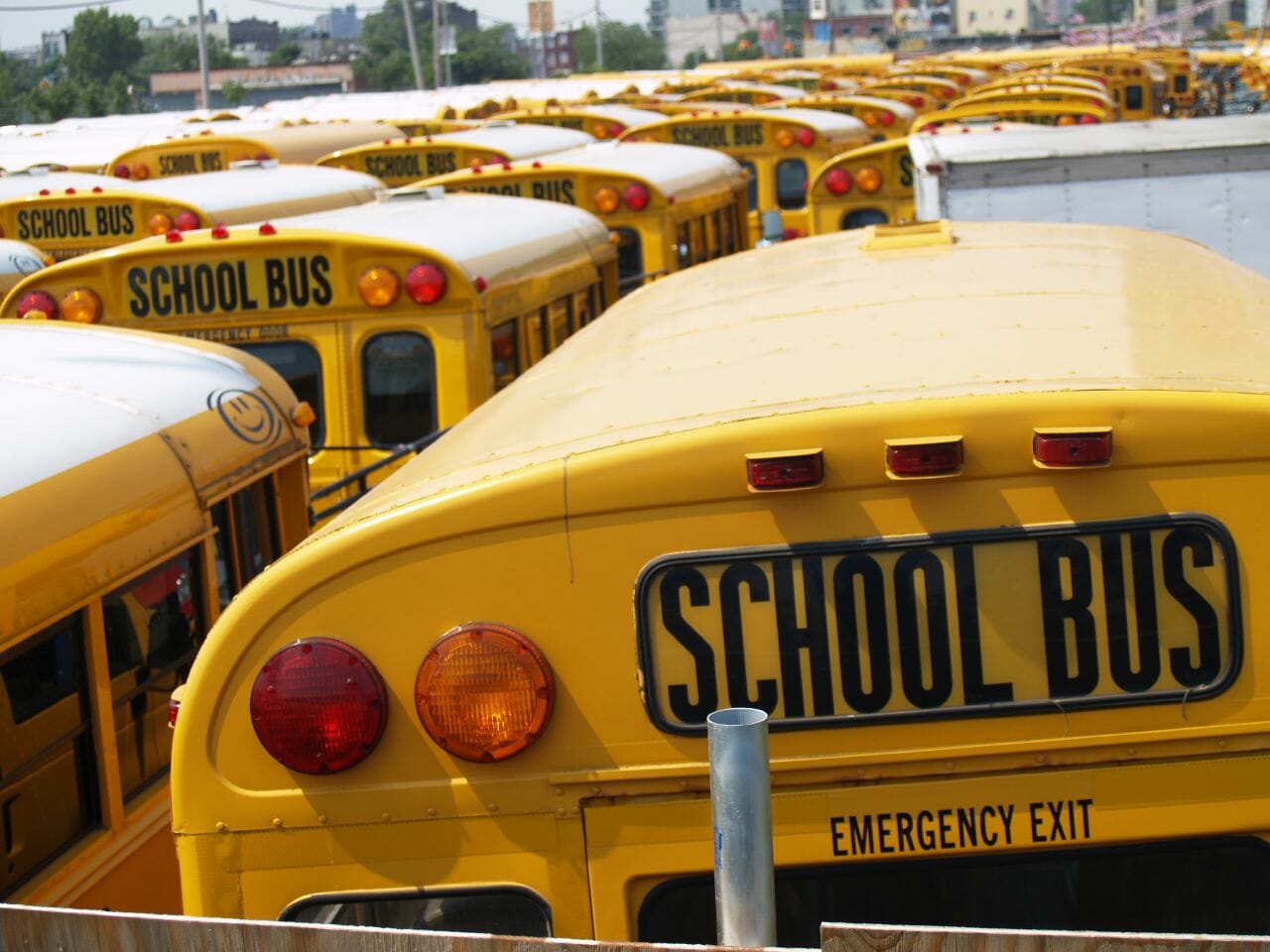Response to Orrin Johnson on WCSD budget shortfall

by Tom Ciesynski
As chief financial officer for the Washoe County School District, I am eager to respond to the opinion piece by Orrin J. H. Johnson published on March 26 to provide more accurate and timely information about our district’s budget and financial outlook.
Mr. Johnson states that the district is “SHOCKED” to find itself in a $40 million hole. At no time have we at the Washoe County School District ever stated that we were shocked: indeed, we have consistently said that Nevada school districts—including ours—have been struggling with deficits since 2008. In fact, Mr. Johnson actually later acknowledges that the issue of funding by the school district has been raised in past years.
Mr. Johnson also discusses historic legislation championed by the governor and passed in the 2015 legislative session to address school funding, which was praised by the Washoe County School District and our counterparts across the state. This new or increased funding was directed toward specific categories such as Zoom for English Language Learners, Victory for schools in poverty, Read by Grade 3, and Gifted and Talented programs, which are all very beneficial to school districts. However, this legislation did not address the general operating base of per pupil funding, which is the problem that has consistently needed attention.
We would also note that the national publication Education Week recently reported the most recent data on the national average for state spending is $11,841 per pupil, while the Washoe County School District has about $8,000 per pupil to spend using the same criteria. So while Nevada’s per pupil spending is improving, it still ranks near the bottom of the country.
During the recession years, short-term solutions authorized by the governor and legislature, including increased class sizes in grades 1-3 and the ability to defer textbook purchases, did help. In addition, WCSD employees took furloughs, salary concessions, and health insurance premium holidays while the district used its financial reserves, but many of these options were reduced or eliminated since the 2015 legislative session. In addition, base funding has not matched costs for inflation, enrollment growth, and health insurance increases, nor has it supported unfunded mandates.
The 2017 legislative session has discussed property taxes, the slow recovery of these taxes, and the impact of this recovery on school districts, cities, counties, and the state. Property tax revenue is hovering at 2007 levels and has not kept pace with economic growth, which is not normal in an economy that is back to post-recession levels.
WCSD appreciates the efforts of our community in passing WC-1, which provides funding for capital building needs. But this funding cannot legally be used to address deficits in our operating fund. The issue of deficits is a completely separate matter and one that is a statewide issue—not just a Washoe County School District issue.
As in years past, WCSD continues to advocate for our children and our district at the Legislature, but in Nevada, school districts do not control any operating revenues they receive. Locally, we have presented the school board with a tentative budget. This plan looks at where we can save additional funding in the current fiscal year and what savings can be carried over to next year. Under the current plan, we would not fill vacant or soon-to-be-vacant Central Services positions. The last consideration is possibly increasing class sizes by one or two students. The district has never presented the idea of laying off employees to address our budget challenges.
Mr. Johnson correctly indicates that we spend 45 percent of our funding on regular instruction, but the district actually provides more than 70 percent of its budget directly to instructional and student support, including instruction for gifted students, vocational, English Language, athletics, music, counselors, psychologists, librarians, and student assessments. The district also transfers $45 million to special education.
Finally, Mr. Johnson asserts that the school district is top heavy in administrators, which is a common claim. However, WCSD is not unlike other school districts, governmental entities, or private companies around the country in its organizational structure. The most recent data from the National Center on Education Statistics shows that the national average ratio for students to administrative staff/support team members is 30.8 to 1. In Nevada, the ratio of students to administrative staff/support team members is a staggering 128.5 to 1, so the comparisons and data do not support these claims.
WCSD appreciates the public dialogue surrounding the operating fund deficit, as this is an extremely complex matter and one that creates a lot of confusion and frustration for everyone involved. In an effort to help our community understand this situation, we have shared accurate, up-to-date information about our budget on our website.
We also encourage members of the public to attend our budget Town Hall meeting on Thursday, April 6 at 6 p.m. at the Wooster High School Theater.
Tom Ciesynski is the Washoe County School District, Chief Financial Officer.
Feature photo source: Wikimedia Commons. Photo by Andrei Niemimäki from Turku, Finland.
